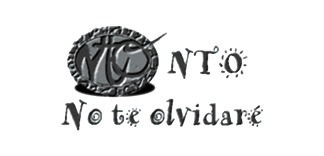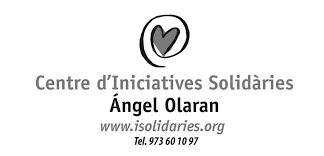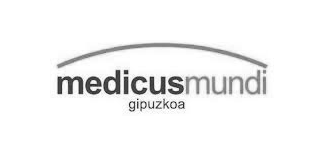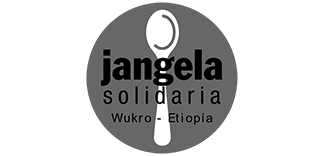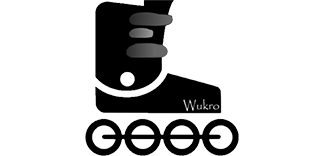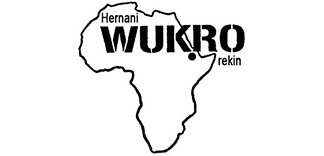Established in Wukro in 1991 with the mission of building a school for the town, after more than 25 years of effort and work in the area, we have not only achieved the goal of creating St. Mary’s school, but we have also covered many more scopes.
We mainly provide social and economic support to orphans, homeless mothers, HIV / AIDS victims, elderly and disabled people living in extreme poverty, to raise awareness on all issues related to HIV / AIDS, to provide credit services to the disadvantaged part of the population so that they can be independent. We achieve all this through the implementation of various projects for people in need, to ensure access to stable food.
Interventions are carried out through the coordination and implementation of social welfare and development programs and projects. These programs are run in collaboration with the WSDP (Wukro Social Development Program), an agency that employs social workers, psychologists and administrative staff from the local community of Wukro and Tigray.


